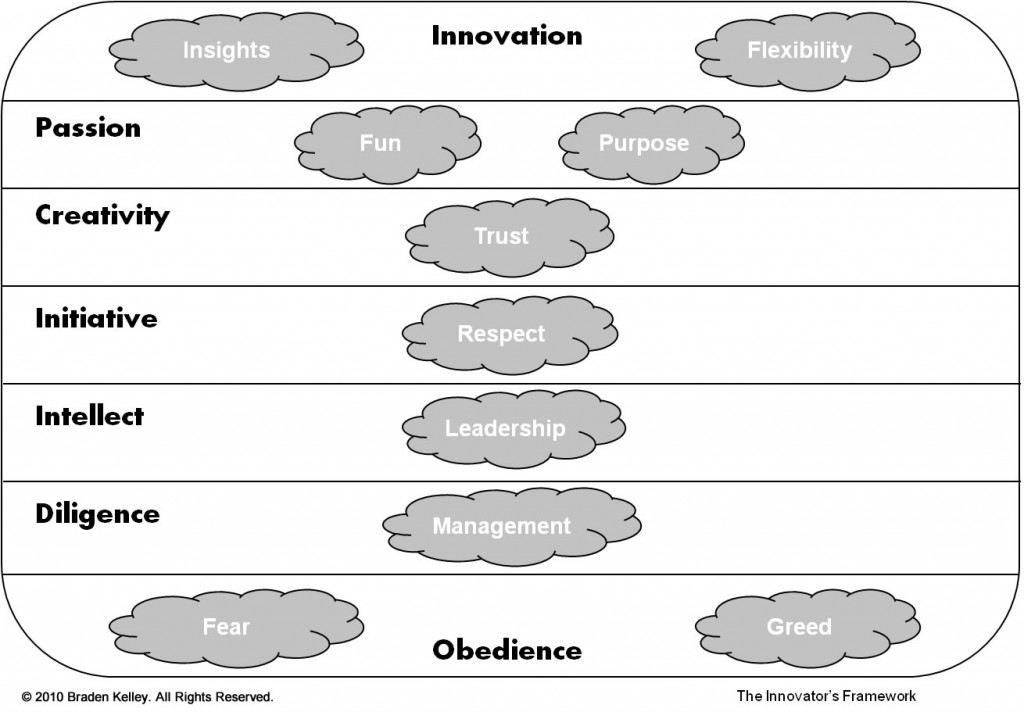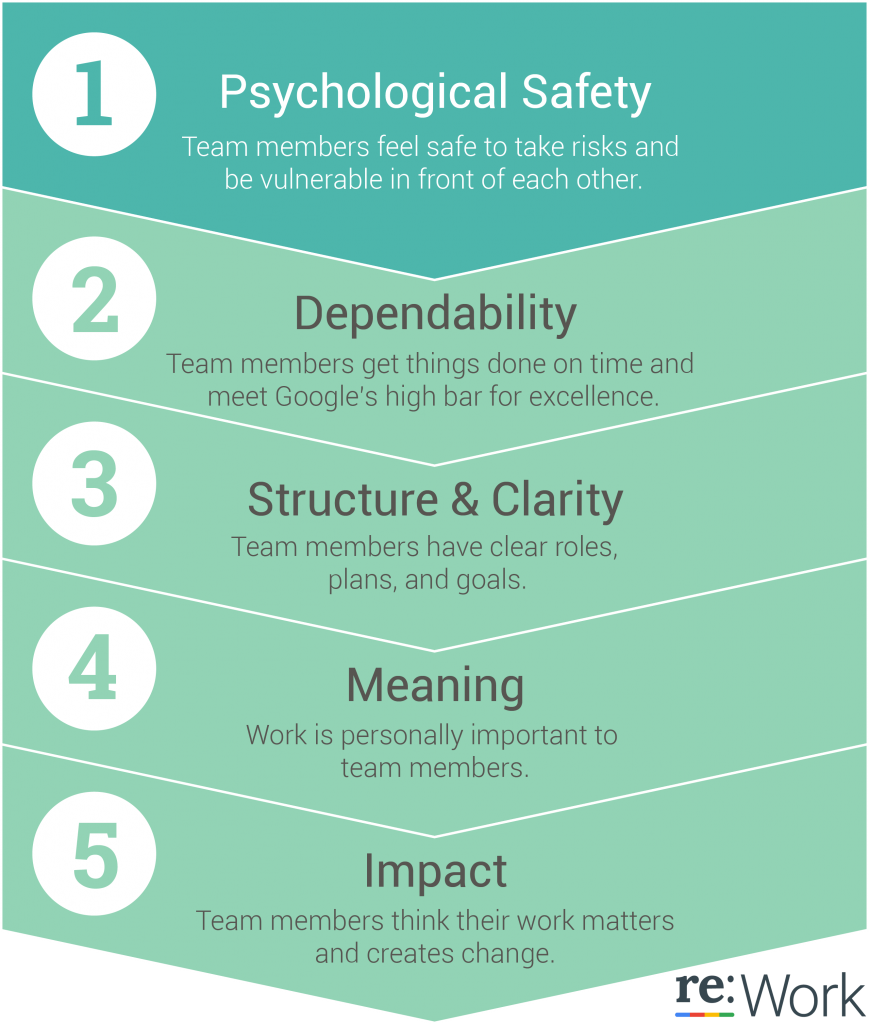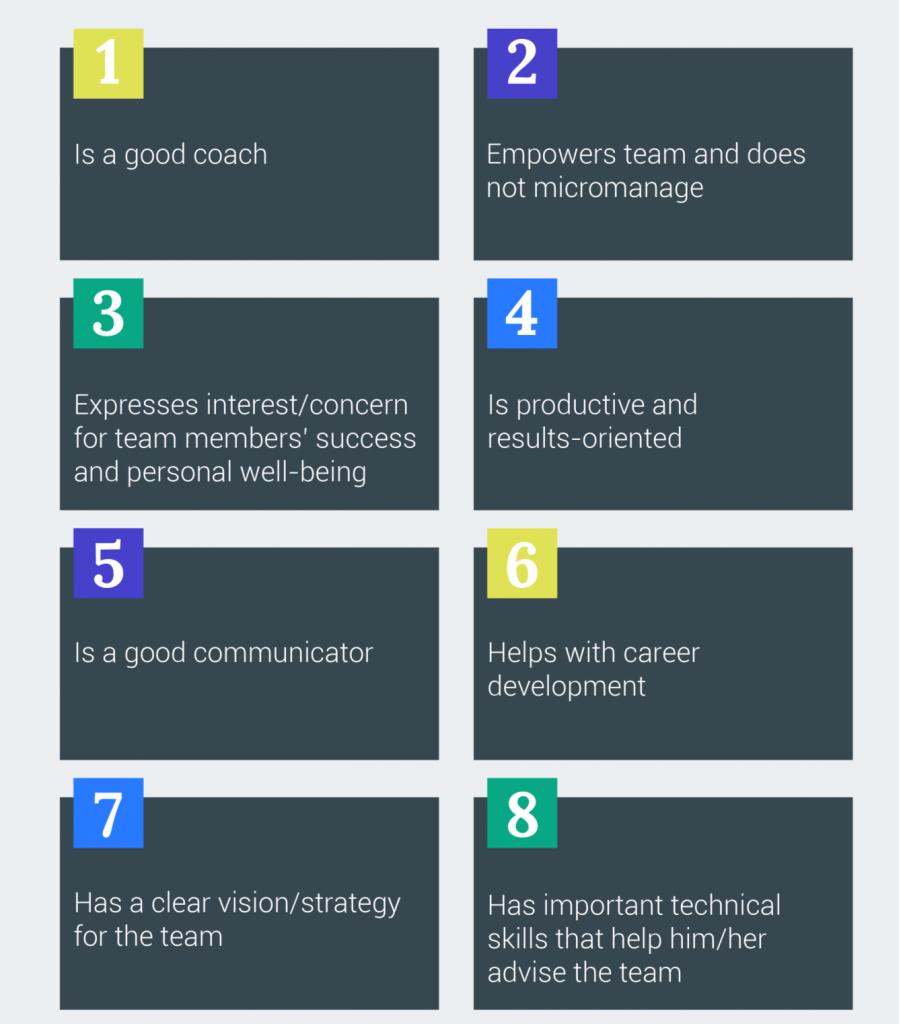
GUEST POST from Janet Sernack
According to McKinsey & Co, in a recent article The new roles of leaders in 21st-century organizations they say that the focus of leaders, in traditional organisations, is to maximize value for shareholders. To do this effectively, they say that traditional leaders typically play four different roles – the planner (developing strategy and translating it into a plan); the director (assigning responsibility); and the controller (making sure everyone does what they should minimize variance against the plan). Whilst these represent the core and foundational business management and leadership roles essential to successful organisational performance, the world has changed significantly, and traditional organisations are being severely disrupted. Requiring the development of new, adaptive, and supplementary, and new leadership and team roles, which embrace the set of 21st-century superpowers for leaders and teams – strategically supported by digital technologies, and an ecosystem focus to thrive in the face of exponential change and a VUCA world.
Maximizing the dormant space
This creates a space of unparalleled opportunity towards reshaping the world anew by activating what might be considered the dormant space, between traditional leadership roles and the possibility of a set of 21st-century superpowers for leaders and teams.
To be embraced, enacted, and embodied by conscious leaders and collaborative teams in more purposeful, meaningful, and innovative ways that serve people, customers, and the common good.
The new roles of leaders and teams in the 21st century
The leadership paradigm has shifted, in the past 20 years, to focus more on “co-creating meaningful value with and for all stakeholders, expanding beyond shareholders to include customers, employees, partners, and our broader society”.
Taking the stance that in an open system, everyone must win through co-creation, collaboration, experimentation, and innovation that results in delivering great customer experiences. To retain and sustain current customers, and to attract and attain new ones in an increasingly competitive global marketplace!
Making the key “leadership challenge of our times” as one which cultivates transformative eco-system-led learning and change, nurturing connections, exploration, discovery, creativity, collaboration, experimentation, and innovation at all levels of the system.
Requiring the traditional organisational leadership roles, to shift towards bravely and boldly “stepping into the uncharted territories of future possibility” and weaving these possibilities into the way people work and commune together.
To co-create new “holding spaces” for igniting, harnessing, and activating people’s collective intelligence to embrace and execute change and deliver the desired commercial outcomes their organisation wants.
Openings for unparalleled opportunities
It seems that we not only survived through the emotional and mental anxiety and overwhelm of living in “a world of disruption, drama, and despair” we also saw the range of disruptive events as a “crack” or opening in our operating systems, for unparalleled opportunities.
By intentionally embracing the “key changes that currently reshape all our innovative learning systems” including the action confidence (courage and capacity to step into something new and bring it into being, creating reality as we step into it) to:
- Deepen the learning cycle (from head-centric to the whole person: heart, head, and gut-centric).
- Broaden our perspectives and actions (from an individual focus to an eco-system focus).
A moment in time – taking a deep breath
One of the many challenges our collective at ImagineNation™ faced during the Covid-19 pandemic-induced lockdowns (we had six long ones here in Melbourne, Australia over 18 months) was the opportunity to slow down, hit our pause buttons, retreat and reflect and take some very deep and slow breaths.
To make time and space to rethink, respond, regroup, experiment, and play with a range of wondrous, imaginative, and playful ideas, to unlearn, learn and relearn new ways of being, thinking, and acting to sense and actualize a future that is wanting to emerge – even though, then and right now, it was and still is unclear how.
Acknowledging that whilst many of us, and the majority of our clients were experiencing the range of significant emotional reactions, mental stalling, and the anxiety and overwhelm of living in “a world of disruption, drama, and despair” as well as sensing and perceiving the world that is emerging as one of unparalleled opportunity”.
Stepping up and into new spaces of possibility and learning
Individually and collectively, we focussed on a range of rethinking, responding, and regrouping strategies including adopting new 21st-century leadership roles.
Initially by taking responsibility for sustaining our own, our partners, and our families, emotional energy, mental toughness, engagement, and overall wellness.
Then consciously enact and embody the new set of emerging 21st-century leadership roles as visionaries, architects, coaches, and catalysts:
- Being visionaries: by co-creating a collaborative and global collective of aligned ecosystem partners with clear accountabilities within a virtual, profit share business model.
- Being architects: by iterating, pivoting and sharing our IP and learning programs to close peoples’ “knowing-doing gaps” to help them unlearn, learn, relearn, reshape and develop their 21st-century superpowers for leaders and teams.
- Being coaches: by exploring working with the range of innovative new coaching platforms, including BetterUp and CoachHub to better democratize, scale, and share our strengths, knowledge, and skills to help a significant number of people deal more effectively with the impact of virtual hybrid workplaces.
- Being catalysts: by focussing on partnering with clients to break down their self-induced protective and defensive “silos” to support them to become aware, acknowledge, accept, and resolve their feelings of loneliness, isolation, and disconnection, and overall anxiety.
21st-century superpowers for leaders and teams
It seems that these are just some of the 21st-century superpowers for leaders and teams which act as the foundations necessary to survive and thrive through the emerging decade of both disruption and transformation.
Summing these up into more concrete actions for leaders and teams include cultivating and sustaining these five superpowers:
- Transformational Literacy: The ability to increase our capacity to collaborate and co-create across institutional and sector boundaries through “shifting consciousness from ego-system awareness to eco-system awareness.” to pioneer solutions that bridge the ecological, the social, and the spiritual divides existing in the 21st
- Nimbleness and Agility: The ability to shift and re-think and re-learn in changing contexts, to quickly experiment, iterate and pivot to adapt and move forwards collaboratively through mindset flips to emerge creative ideas and innovative solutions that are appreciated, valued, and cherished.
- Scalability: The ability to rapidly build desired and most relevant internal capabilities, to shift capacity and service levels through increasing creativity, invention, and innovation in ways that meet changing customer expectations, and satisfy their demands and future requirements.
- Stability: The ability to maintain “action confidence” and operational excellence under pressure that frees people from the constraints of “getting it right” and allows them to continuously unlearn, learn, relearn and change through “failing fast” or forward, without being blamed or shamed.
- Optionality: The ability to “get out of the box” to build and develop value chains, stakeholder engagements, or an ecosystem focus to acquire new capabilities through external collaboration.
Walking the path forward
According to Otto Scharmer, in a recent article “Action Confidence: Laying Down the Path in Walking” the leadership qualities we also need to nurture in order to lean into the current moment and to source the courage to act are: Humility. Vulnerability. Surrender. Trust.
It might be time to hit your own pause button, retreat and reflect, inhale a deep breath in this precious moment in time to develop your path forwards and develop an ecosystem focus and an ecosystem focus and a human-centric, future-fit focus.
To embrace, enact and embody a set of 21st-century superpowers for leaders and teams and reshape your innovative learning systems by developing the action confidence to adopt an ecosystem, whole person, and a whole perspective that contributes to the good of the whole.
Join our next free “Making Innovation a Habit” masterclass to re-engage 2022!
Our 90-minute masterclass and creative conversation will help you develop your post-Covid-19 re-engagement strategy. It’s on Thursday, 10th February at 6.30 pm Sydney and Melbourne, 8.30 pm Auckland, 3.30 pm Singapore, 11.30 am Abu Dhabi and 8.30 am Berlin. Find out more.
Image credit: Unsplash
![]() Sign up here to get Human-Centered Change & Innovation Weekly delivered to your inbox every week.
Sign up here to get Human-Centered Change & Innovation Weekly delivered to your inbox every week.










